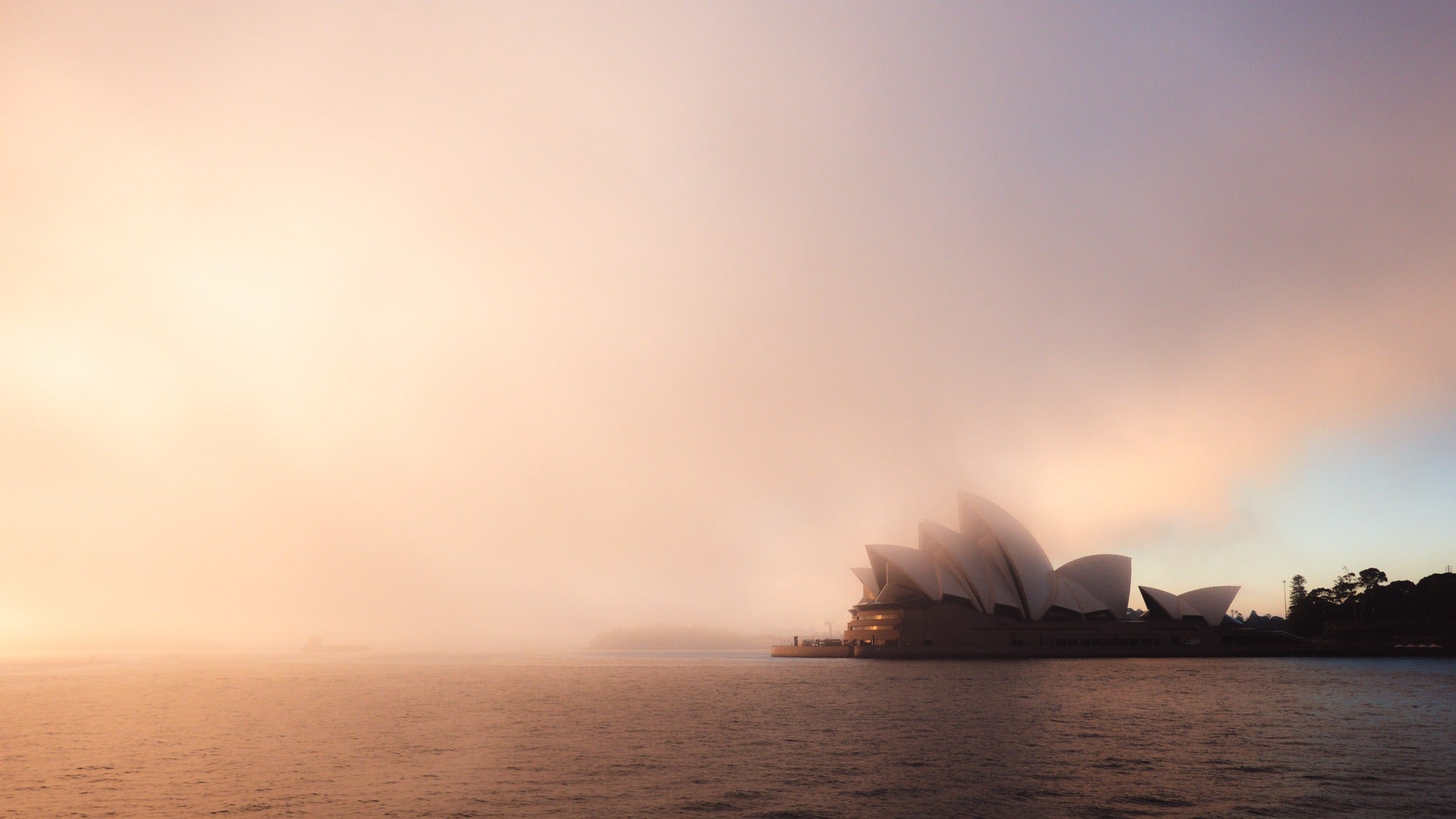If you’re off on an adventure having the experience of a lifetime, you want to make sure you’re able to capture every moment well. For that, you need the right tool for the right job.
The rate of innovation every year sees our smartphone cameras getting pretty good, but still, nothing beats a dedicated camera if you want quality when capturing your adventures.
But of course, you don’t want something that weighs you down.
You want something that’s small and portable, yet high quality and versatile for all kinds of adventures and experiences.
What’s in a travel camera?
For a travel camera to be worth considering, for me there are 3 main characteristics that a good camera needs to be able to handle well.
Performance and quality
A good travel camera needs to have great performance. That means fast, reliable autofocus, a fast shutter speed that allows me to capture fast moving action if I need to, a deep buffer to match that speed.
It also means the ability to capture both high quality images at a flexible enough resolution and capture high quality video at modern frame rates.
Portability
A good travel camera needs to be portable. Small. Handy.
Perhaps one that could even fit in your pocket. But also one that won’t fail on you if it gets thrown around too much. One that’s sturdy.
Versatility
And of course, a good travel camera needs to be versatile.
After all, as a single-camera solution, it has to be able to handle all kinds of styles of photography - landscapes, cityscapes, portraits, architecture, street photography.
It needs to have a flexible zoom and aperture range to be able to handle all of that.
The best compact travel camera
That’s where the Sony RX100VI comes in. For me and many others, it’s the best travel camera of 2018.

The Sony RX100VI is a compact-style camera. A tiny powerhouse that fits in your pocket and is versatile for every style of photography and videography.
For me personally, it’s not just the best travel camera, but it’s also the best daily camera and as a travel photographer, it’s also my second shooter for when I carry my bigger A7R3 and lenses around with me.
For most people, it will shoot every style of photography you could want, with amazing image quality in a super small package.
Even for a seasoned photographer I would recommend it. Many photographers dismiss the RX100VI (and the entire genre of compact cameras, for that matter) thinking that the image quality could never be up to par enough to warrant carrying around all day vs their bigger, more expensive cameras.
I whole-heartedly disagree.
Having used the RX series for a few years now, I can confidently say that presented with two images from the same scene, one shot from the RX, one from a more expensive camera, and once edited, most people wouldn’t be able to tell the difference in most cases. It’s that good.
And because of that, I never leave home without it.

RX100VI changes
The RX100VI this year is mostly the same in look and specs as last year’s RX100V model, but with a few key changes that make the switch worth it.
Most notably, the RX100VI now sports a 24-200mm focal range, up from the 24-70mm of last years model. Although it’s a stop slower in the aperture department (f1.8 to f2.8), the extended zoom provides this pocket powerhouse with so much versatility, to the point where I barely travel with my 70-200mm G Master lens anymore.
Other welcome upgrades this year include a touchscreen on the back, able to articulate 90 degrees downward now, faster autofocus, a deeper buffer and better battery life. Incremental upgrades on an already outstanding camera.
Of course, being the most premium compact camera on the market comes with a premium price of $1699AUD RRP ($1199USD), but for so much power in a single package, it’s definitely worth the price.




